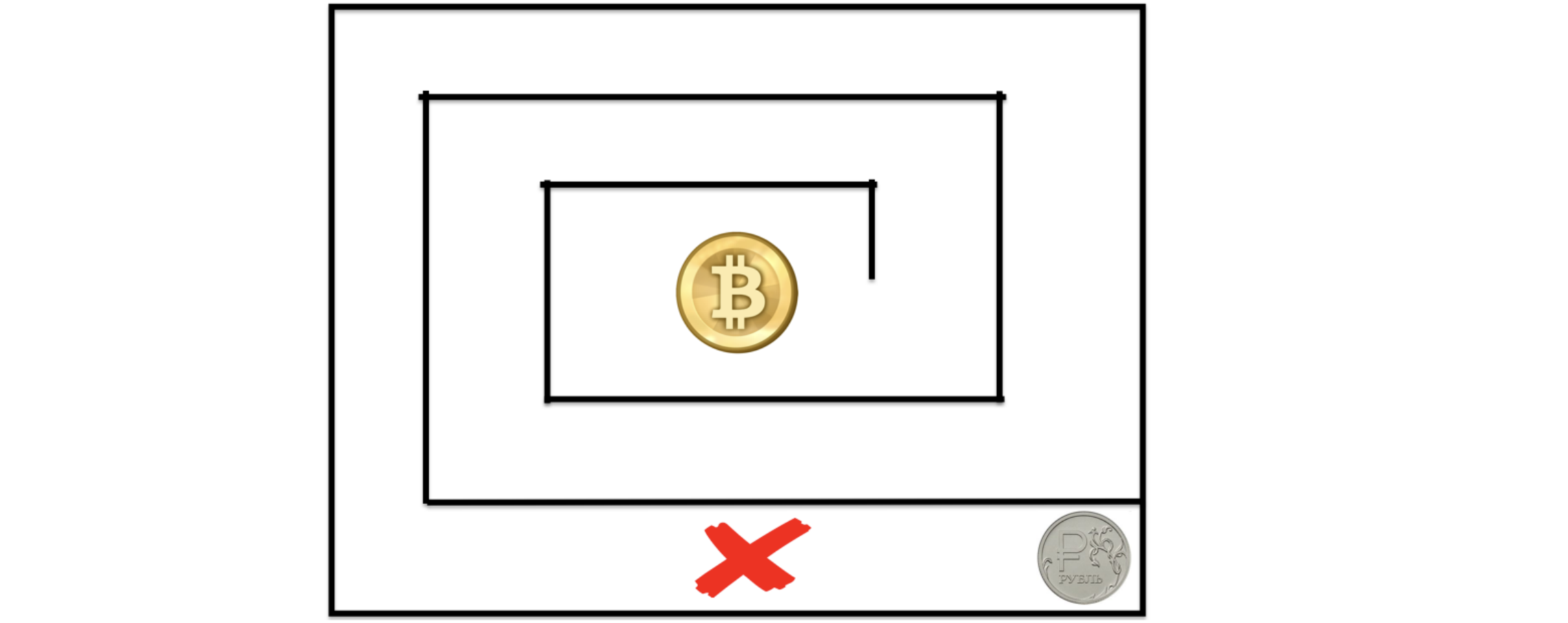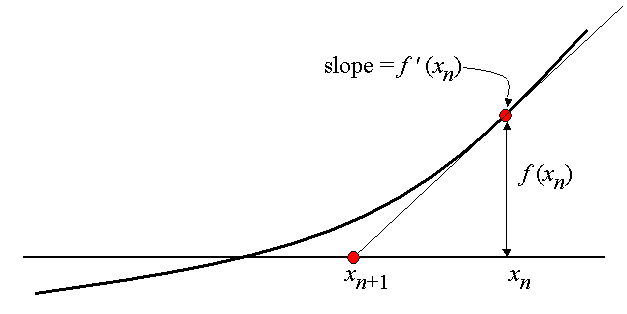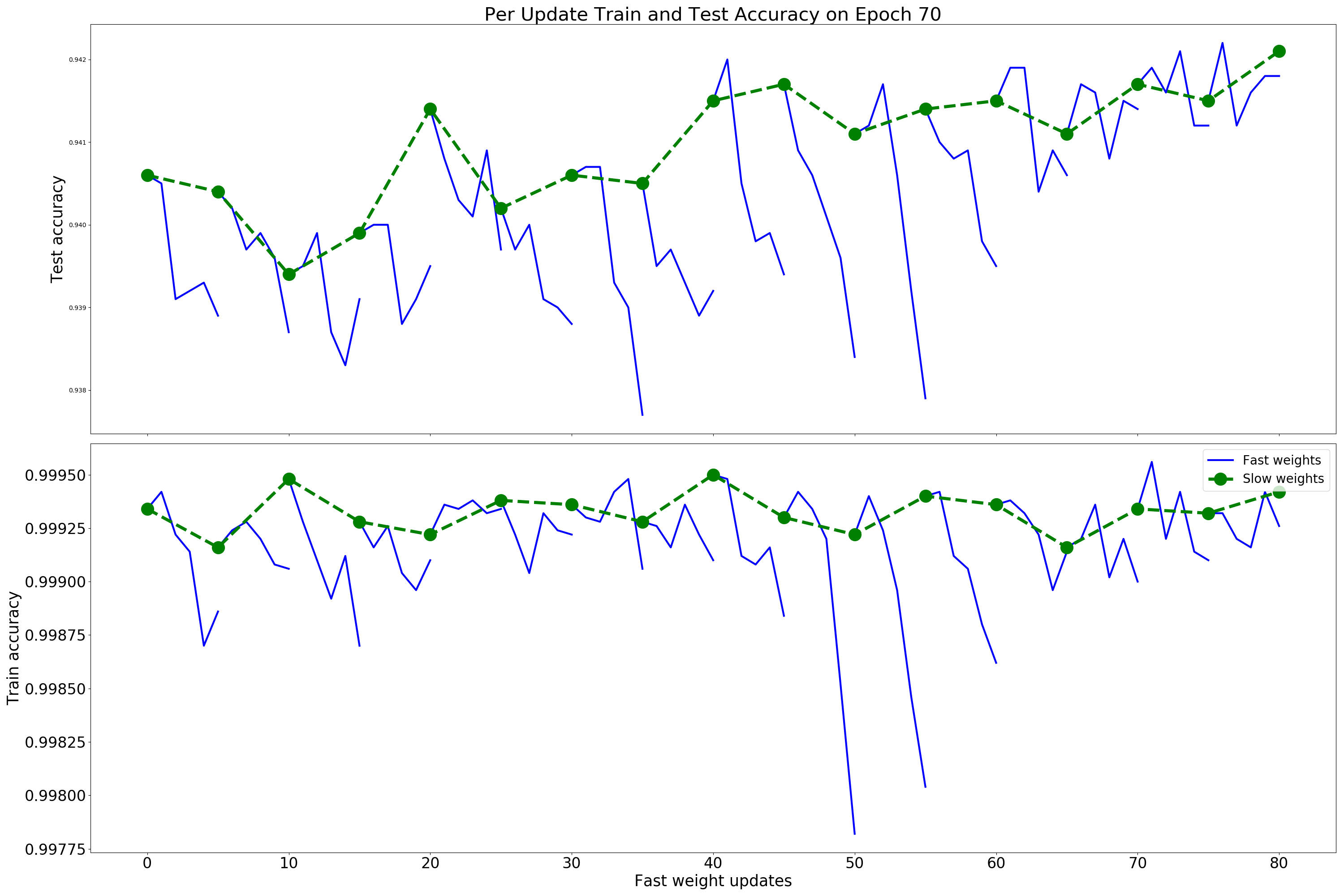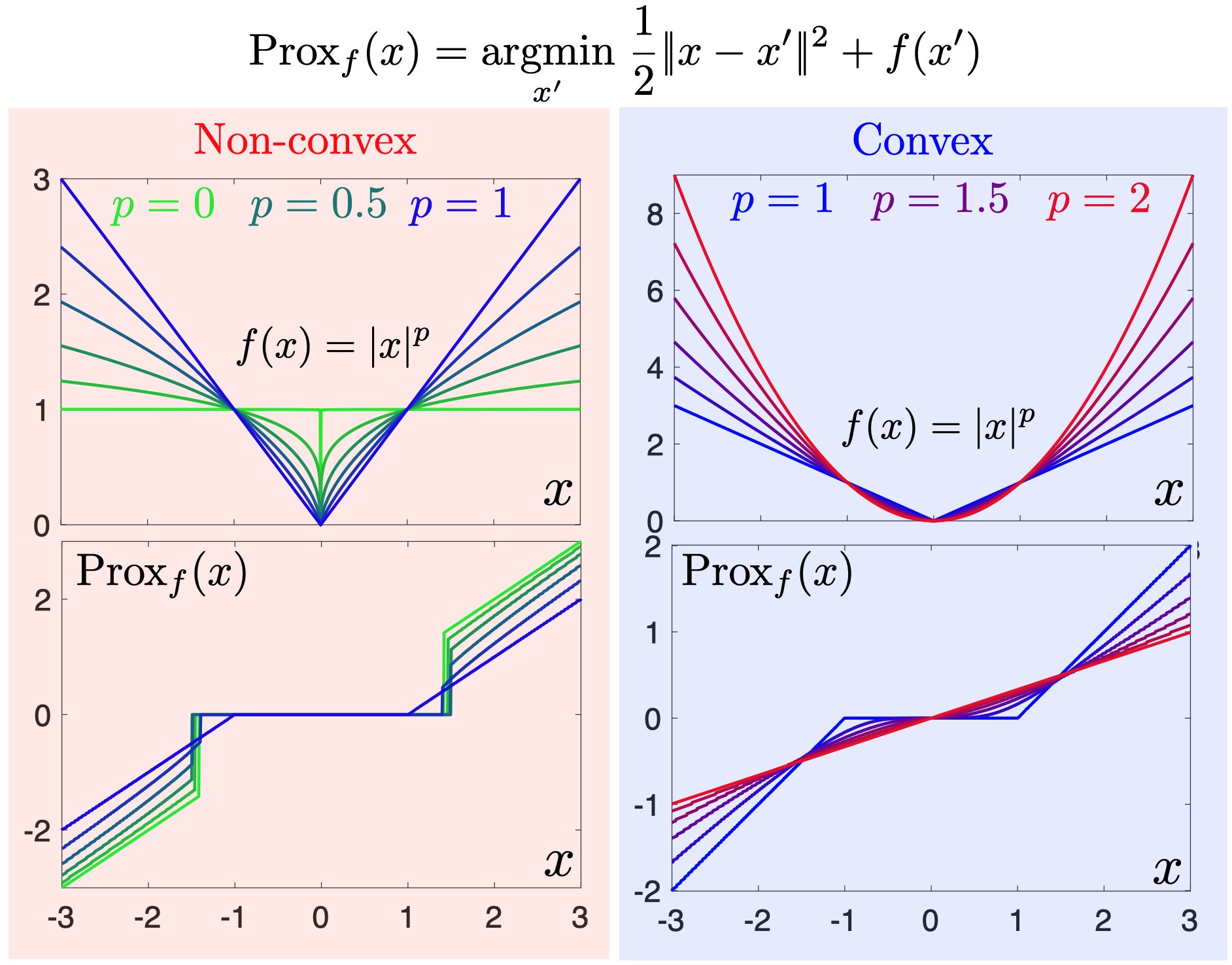Methods
1 General formulation
\begin{split} & \min_{x \in \mathbb{R}^n} f(x)\\ \text{s.t. } g_i(x) \leq& 0, \; i = 1,\ldots,m\\ h_j(x) =& 0, \; j = 1,\ldots,k\\ \end{split}
Some necessary or/and sufficient conditions are known (See Optimality conditions. KKT and Convex optimization problem.
- In fact, there might be very challenging to recognize the convenient form of optimization problem.
- Analytical solution of KKT could be inviable.
1.1 Iterative methods
Typically, the methods generate an infinite sequence of approximate solutions
\{x_t\},
which for a finite number of steps (or better - time) converges to an optimal (at least one of the optimal) solution x_*.
def GeneralScheme(x, epsilon):
while not StopCriterion(x, epsilon):
OracleResponse = RequestOracle(x)
x = NextPoint(x, OracleResponse)
return x1.2 Oracle conception
2 Unsolvability of numerical optimization problem
In general, optimization problems are unsolvable. ¯\(ツ)/¯
Consider the following simple optimization problem of a function over unit cube:
\begin{split} & \min_{x \in \mathbb{R}^n} f(x)\\ \text{s.t. } & x \in \mathbb{C}^n \end{split}
We assume, that the objective function f (\cdot) : \mathbb{R}^n \to \mathbb{R} is Lipschitz continuous on \mathbb{B}^n:
| f (x) − f (y) | \leq L \| x − y \|_{\infty} \forall x,y \in \mathbb{C}^n,
with some constant L (Lipschitz constant). Here \mathbb{C}^n - the n-dimensional unit cube
\mathbb{C}^n = \{x \in \mathbb{R}^n \mid 0 \leq x_i \leq 1, i = 1, \ldots, n\}
Our goal is to find such \tilde{x}: \vert f(\tilde{x}) - f^*\vert \leq \varepsilon for some positive \varepsilon. Here f^* is the global minima of the problem. Uniform grid with p points on each dimension guarantees at least this quality:
\| \tilde{x} − x_* \|_{\infty} \leq \frac{1}{2p},
which means, that
|f (\tilde{x}) − f (x_*)| \leq \frac{L}{2p}
Our goal is to find the p for some \varepsilon. So, we need to sample \left(\frac{L}{2 \varepsilon}\right)^n points, since we need to measure function in p^n points. Doesn’t look scary, but if we’ll take L = 2, n = 11, \varepsilon = 0.01, computations on the modern personal computers will take 31,250,000 years.
2.1 Stopping rules
Argument closeness:
\| x_k - x_* \|_2 < \varepsilon
Function value closeness:
\| f_k - f^* \|_2 < \varepsilon
Closeness to a critical point
\| f'(x_k) \|_2 < \varepsilon
But x_* and f^* = f(x_*) are unknown!
Sometimes, we can use the trick:
\|x_{k+1} - x_k \| = \|x_{k+1} - x_k + x_* - x_* \| \leq \|x_{k+1} - x_* \| + \| x_k - x_* \| \leq 2\varepsilon
Note: it’s better to use relative changing of these values, i.e. \dfrac{\|x_{k+1} - x_k \|_2}{\| x_k \|_2}.
2.2 Local nature of the methods






